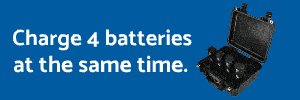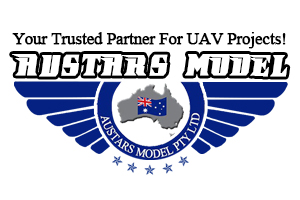This article was written for the Public Safety crowd but it applies 100% to anyone (or it should) flying sUAS and even MORE so for those of us who are flying professionally.
Expecting Trouble is a Safe Way to Fly
Expecting Trouble is a Safe Way to Fly






